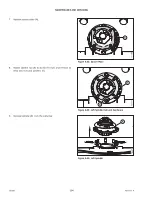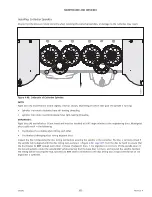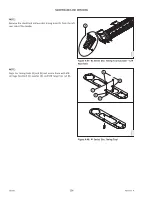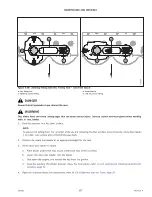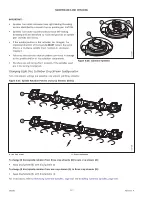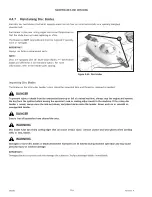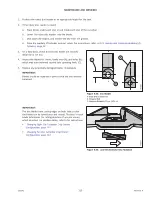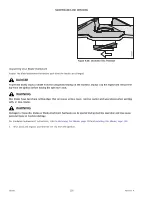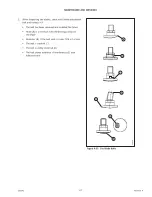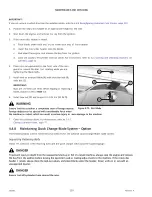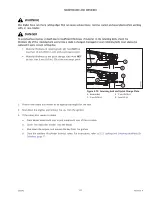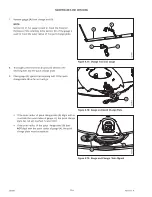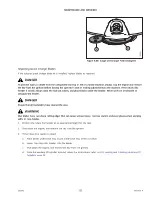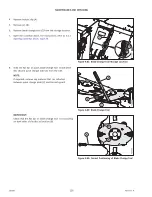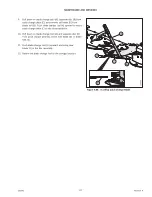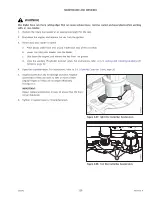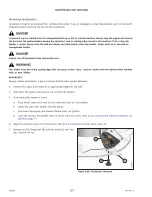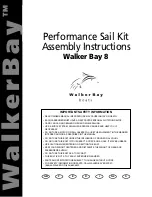
262391
118
Revision A
1008434
A
B
Figure 4.68: Disc Blade Nut
3.
Check the nuts holding the disc blades. Replace the nuts if:
•
The nut has been previously installed; nuts are
one-time-use items only.
•
The nut shows signs of wear (A) such that the nut has
lost more than half the original height (B) in one or
more areas.
•
The nut is cracked.
Removing Disc Blades
Be sure to use new nuts whenever you are replacing or flipping disc blades.
DANGER
To prevent injury or death from the unexpected start-up or fall of a raised machine, always stop the engine and remove
the key from the ignition before leaving the operator
’
s seat or making adjustments to the machine. If the rotary disc
header is raised, always close the lock-out valves, and place blocks under the header. Never work on or beneath an
unsupported header.
DANGER
Ensure that all bystanders have cleared the area.
WARNING
Disc blades have two sharp cutting edges that can cause serious injury. Exercise caution and wear gloves when working
with, or near, blades.
1.
Position the rotary disc header at an appropriate height for the task.
2.
Shut down the engine, and remove the key from the ignition.
3.
If the rotary disc header is raised:
a.
Place blocks under each end, or just inside each end, of the cutterbar.
b.
Lower the rotary disc header onto the blocks.
c.
Shut down the engine, and remove the key from the ignition.
d.
Close the auxiliary lift cylinder lock-out valves. For instructions, refer to
3.2.1 Locking and Unlocking Auxiliary Lift
.

